The anchovy is a small fish belonging to the Engraulidae family. There are 144 species of anchovies that inhabit waters of moderate temperature. The anchovy is also distinguished by its incredibly flattened head and large mouth. It has a flat and elongated body, covered in scales, usually reaching between 3/4″ (2 cm) to 11 3/4″ (30 cm). Sometimes the adult representatives of certain species grow even larger. The coloration on its back is greenish to blue. The stomach is colored silver.
The weight of the different fish varies. On average they do weigh about 7 oz (200 g). They can be found in the Atlantic, Indian, Pacific Oceans, Black and Mediterranean Seas. The anchovy, along with the salmon, trout, herring, sardine, bream and others fall into the category of so-called oily fish, which besides proteins contain large amounts of oils. Anchovies feed on plankton and newly hatched fry, with feeding occurring twice a day - in the morning and at night. A series of predatory fish feed on anchovies. It is also a favorite for certain species of birds, such as the California brown pelican. Fish of this family swim in schools.
Types of Anchovy
As already mentioned, there are many species of anchovies around the world. Among the more well-known ones are the California anchovy, Japanese anchovy and European anchovy. The European anchovy (Engraulis encrasicolus) has a dark blue coloration in the upper part of its body. Its belly is colored silver-white, whitish. It reaches about 6″ (15 cm) in length, sometimes even up to 8″ (20 cm). On average its body weighs about 0.4 oz (11 g). Representatives of the European anchovy live in large groups. Anchovies in general cannot stand low temperatures, the ones in the Black Sea migrate south toward the shores of Turkey for the winter.
Other groups of these fish head toward the region south of the island of Crete. When the Black Sea waters warm up again during the spring, representatives of Engraulis encrasicolus return. Sexual maturity in them occurs when they reach 1 year of age. Reproduction begins in the spring and ends during the fall. Usually this happens in waters that aren't too salty, with its temperature having reached at least 60°F (18°C). The European anchovy releases its roe about 62 miles (100 km) from the shores of the water source, usually near the surface of the water. Incubation of the roe takes about 40 hours. These fish live about 4 years.
History of Anchovy

It is thought that the word anchovy originated in the Mediterranean. But it is unclear whether its roots should be sought in Italian, Portuguese or Spanish. However, sources state that during the 1st years of the 17th century, the word was already being used among the English. They would eat this fish when drinking their alcoholic beverages. Anchovies found presence in Shakespeare's Henry IV as well.
From this it became clear that pubs offered anchovies, besides alcoholic drinks. Aside from Shakespeare, the fish was also mentioned by doctor T. Venner, known for speaking out against the negative consequences of tobacco smoking. The physician paid a great deal of focus on food nutrients and the way in which they affected human health. He pointed to the anchovy as a food commonly eaten by diehard alcohol fans and people who are about to make a toast.
Composition of Anchovy
The anchovy is a source of a bunch of healthy substances. Among these are saturated fats, omega-3 fatty acids, proteins. They also contain sodium, potassium, vitamin E, vitamin B6, vitamin B12, calcium, iron, manganese, zinc, copper, phosphorous, thiamine, riboflavin and others.
Benefits of Anchovy

The anchovy is a fish containing substances very important to the human body. It provides it with beneficial proteins and reduces the risk of cardiovascular problems, stabilizes blood pressure levels. The healthy substances found in anchovies decrease bad cholesterol levels as well. Eating anchovies at least once a week has a positive effect on the bones, strengthening them. Eating this delicious fish is good for the muscles as well, which is why it needs to be present in the diet of athletes as well.
Storing Anchovy
This fish cannot be stored very well fresh, which is why it's recommended to preserve it. To do this, remove its head, insides and gills, then wash it. Also remove any scales. Place some of the fish in a container, cover with salt, then arrange more fish on top. At the end, salt everything well and leave covered with a lid for 48 hours. Then wash away the salt and debone the fish. Put the cleaned meat in a container with vinegar for 24 hours. Then, rinse the fish and cut them into pieces. Sprinkle them with herbs to taste, vinegar and olive oil. Place the marinated meat in jars. Store them in the refrigerator.
Cooking with Anchovy
Anchovy is distinguished by its characteristic sea taste, which is can be felt incredibly well. It is preferred mostly by seafood aficionados. When sprinkled with oil, lemon juice, onions, dill and black pepper, it is transformed into an emblematic part of the cuisine of various cultures. Besides marinated, these delicious fish can be eaten smoked, baked and fried. Anchovies make an irreplaceable addition to salads, sandwiches, pizzas, soups, stews, pastas, risotto and more. They combine well with olives and sauces. When serving marinated anchovies, it is good to wash and dry them beforehand.
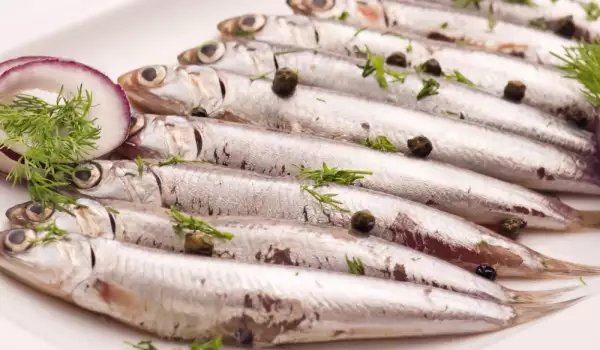
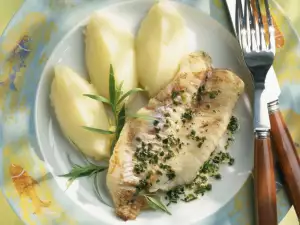
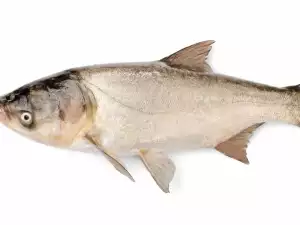


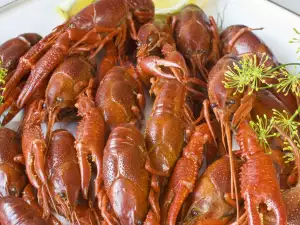






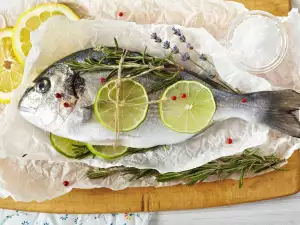







Comments